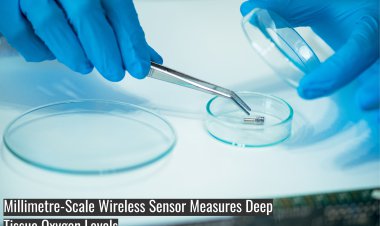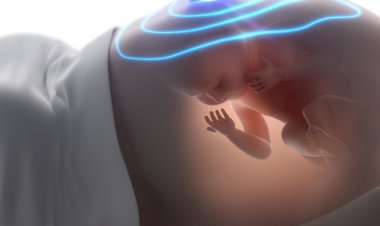New Iteration Of Brain-Computer Interface Translates Imagined Writing into Text

Locked-in syndrome (pseudocoma), a neurological disorder that causes complete paralysis of nearly all voluntary muscles, leaves an estimated one in 100,000 people unable to communicate naturally. But, with the development of tools to render signals from the patient’s brain & translate into communicative language, life has been made more easier for the patient.
Brain-computer interface technology is developing at lightspeed. The possibilities for paralyzed patients are immense, with the potential for enhanced communication, movement, and control of external devices. Many systems have focused on allowing patients to control robotic prostheses and wheelchairs. However, the written word is hugely important, particularly in our increasingly digital society, and technologies that make it more accessible to these patients would be very welcome.
Researchers in the BrainGate Collaboration (which includes researchers from Brown University, Massachusetts General Hospital, Harvard Medical School, the Providence VA Medical Center, Stanford University, and Case Western Reserve University) have developed a new iteration of their brain-computer interface which allows a spinal injury patient to type text on a computer screen. The patient imagines writing each letter by hand and sensors implanted in their brain recognize the unique neural signature of each letter, allowing a relatively rapid typing speed of 90 characters per minute. The system may allow severely injured patients to communicate with others and use the internet more easily.
This latest system is a brain-computer interface that allows someone to ‘type’ merely by imagining themselves making the hand motions involved in writing each letter on a page. So far, it has been very successful, allowing a paralyzed patient to more than double the previous record, of 40 characters a minute, set with a brain-computer interface.
“An important mission of our BrainGate consortium research is to restore rapid, intuitive communication for people with severe speech or motor impairments,” said Leigh Hochberg, a researcher involved in the study, via a Brown University announcement. “This demonstration of fast, accurate neural decoding of handwriting marks an exciting new chapter in the development of clinically useful neurotechnologies.”
Previous versions of the system involved participants thinking about moving a cursor on a screen containing a virtual keyboard and then selecting the desired letter. That system produced the previous record of 40 characters per minute, but for this new system the researchers turned to handwriting and the thinking behind it.
The team implanted two electrodes into the region of the brain associated with the movement of the right hand and arm. When the participant imagined writing a specific letter by hand, this produced a unique neural signature that the system learned through a machine learning algorithm. Repeating similar movements allows the system to quickly spot which letter is being intended, displaying it on the screen.
“We want to find new ways of letting people communicate faster,” said Frank Willett, another researcher involved in the study. “This new system uses both the rich neural activity recorded by intracortical electrodes and the power of language models that, when applied to the neurally decoded letters, can create rapid and accurate text.”


 Admin
Admin 


























